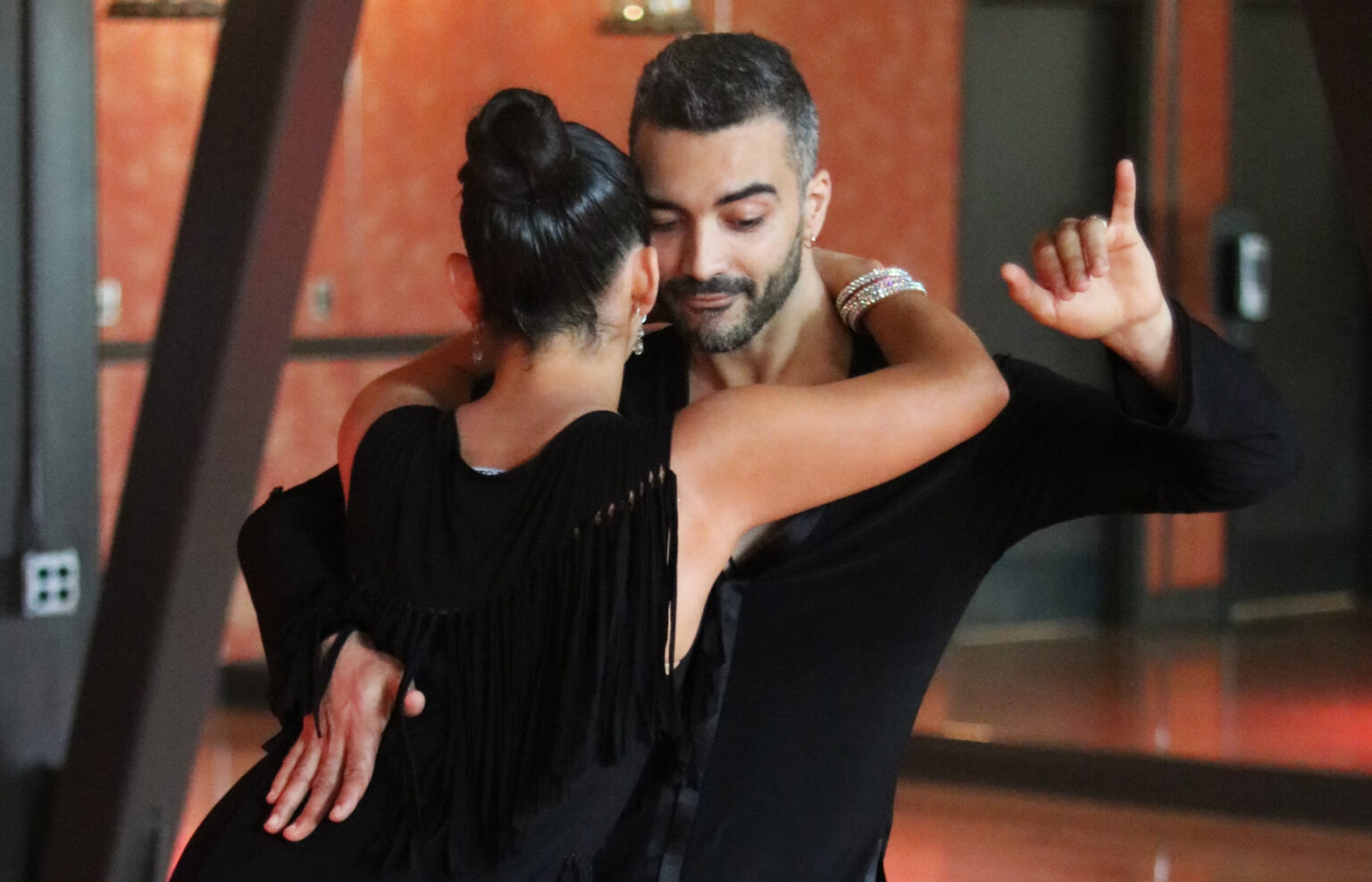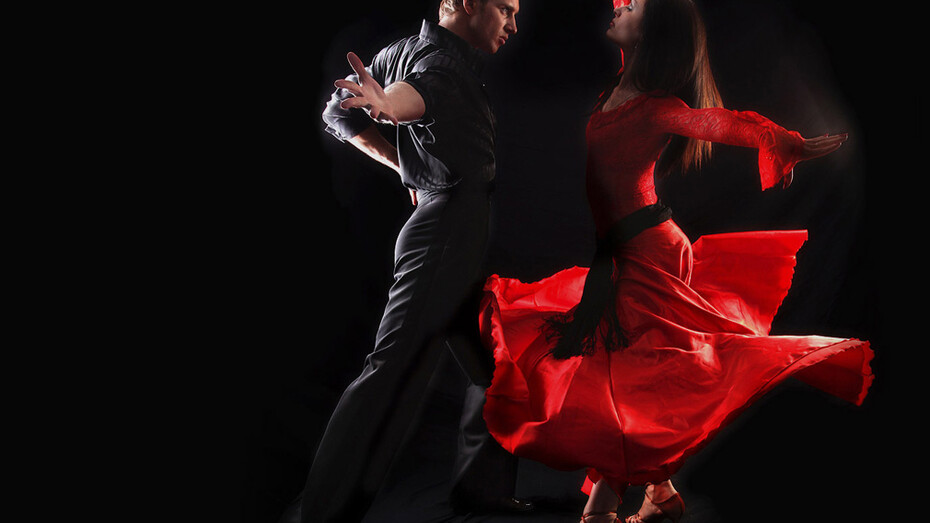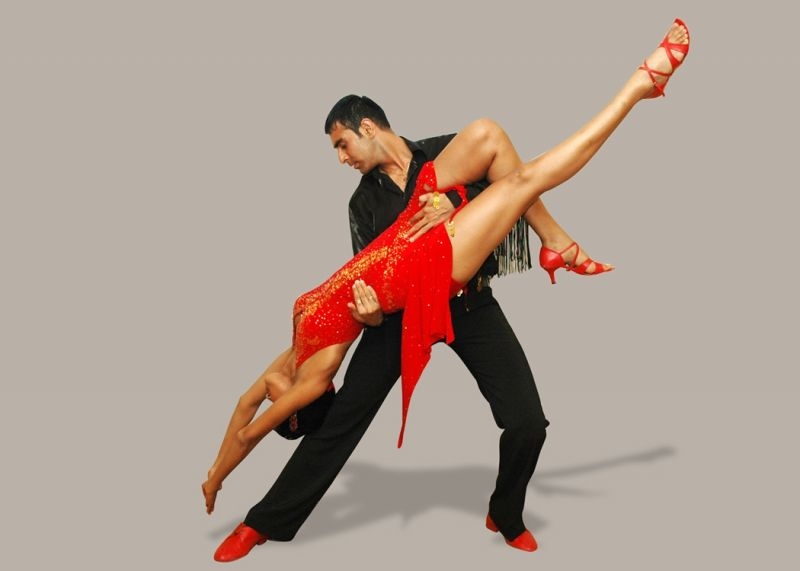
Is salsa on 1 actually easier to learn than salsa on 2?
Salsa, with its electrifying rhythm and captivating partner work, is a dance that has captured the hearts of people around the world. Within the salsa community, there are two primary timing systems: Salsa On1 and Salsa On2. These timing systems dictate the placement of steps in relation to the music’s beat, ultimately shaping the dance style and partner interactions.
Let’s delve into the key differences between Salsa On1 and Salsa On2, exploring their origins, characteristics, and the unique dynamics they bring to the dance floor.

The Basics of Salsa Timing: On1 and On2 Defined
Salsa On1 and Salsa On2 refer to the specific beats on which dancers start their basic step. In Salsa On1, dancers start their basic step on the first beat of the musical phrase. In contrast, Salsa On2 involves starting the basic step on the second beat of the musical phrase, often referred to as “breaking on 2.”
Origins and Influences: Tracing the Roots
Salsa On1, also known as “Los Angeles style” or “L.A. style,” emerged in the 1930s and 1940s as the dance evolved in New York City’s vibrant Latin music scene. The dance reflects influences from mambo, cha-cha-cha, and other Latin dance styles.
Salsa On2, commonly referred to as “New York style” or “N.Y. style,” has its origins in the Palladium Ballroom era of the 1940s and 1950s. It is influenced by the mambo and Latin jazz scenes in New York and Puerto Rico.

Dance Connection and Musical Interpretation:
One of the most noticeable differences between Salsa On1 and Salsa On2 is how dancers interpret and connect with the music. In Salsa On1, dancers often emphasize the first beat of the musical phrase, creating a syncopated and energetic feel. This timing allows for dynamic footwork patterns and intricate spins.
Salsa On2, on the other hand, places a greater emphasis on the second beat of the musical phrase. The break on the second beat often results in a smoother, more fluid connection with the music. Dancers in this style tend to focus on musicality and the nuances of the music’s phrasing.
Footwork and Styling: On1 vs. On2
Salsa On1 and Salsa On2 have distinct footwork patterns that contribute to the overall feel of the dance. In Salsa On1, the basic step consists of stepping forward on the first beat, followed by a quick-quick-slow pattern. This syncopated rhythm allows for dynamic movement and shines.
In Salsa On2, the basic step involves stepping back on the second beat, followed by a quick-quick-slow pattern. This timing creates a smoother and more grounded feel, encouraging dancers to focus on intricate footwork and body movement.

Partner Connection and Musical Interpretation:
The timing of Salsa On1 and Salsa On2 also affects the partner connection and interactions. In Salsa On1, the syncopated timing allows for dynamic turns and spins, often incorporating flashy moves that align with the energetic rhythm.
Salsa On2’s emphasis on the second beat creates a more deliberate and sensual connection between partners. Dancers often use the break on 2 to punctuate their movements, creating a distinct rhythm within the dance.
Adaptation and Flexibility:
Both Salsa On1 and Salsa On2 offer dancers the flexibility to adapt their style and footwork patterns based on the music and personal preferences. Some dancers switch between the two styles seamlessly, allowing them to enjoy the benefits of both approaches and adapt to different musical genres.

Community and Regional Preferences:
The choice between Salsa On1 and Salsa On2 is often influenced by regional dance scenes and personal dance experiences. While Salsa On1 is prominent in Los Angeles and other parts of the world, Salsa On2 has a strong presence in New York, Puerto Rico, and other East Coast cities.
Last dance
Salsa is a dance that thrives on diversity and musicality, offering dancers the opportunity to connect with the music and express themselves through movement. The distinctions between Salsa On1 and Salsa On2 highlight the rich tapestry of dance styles and cultural influences that contribute to the salsa community’s vibrant mosaic.
Whether you’re drawn to the syncopated energy of Salsa On1 or the deliberate elegance of Salsa On2, both timing systems offer dancers a chance to embrace the music, connect with their partners, and revel in the exhilaration of the dance floor.
Ultimately, the choice between Salsa On1 and Salsa On2 is a personal one, shaped by individual preferences, musical interpretations, and the desire to experience salsa’s dynamic rhythms in their full glory.
If you’re ready to take the plunge and embark on your future as a latin dancer, check out Salsa Sana, learn all about the dancer life and start your dance training online.







